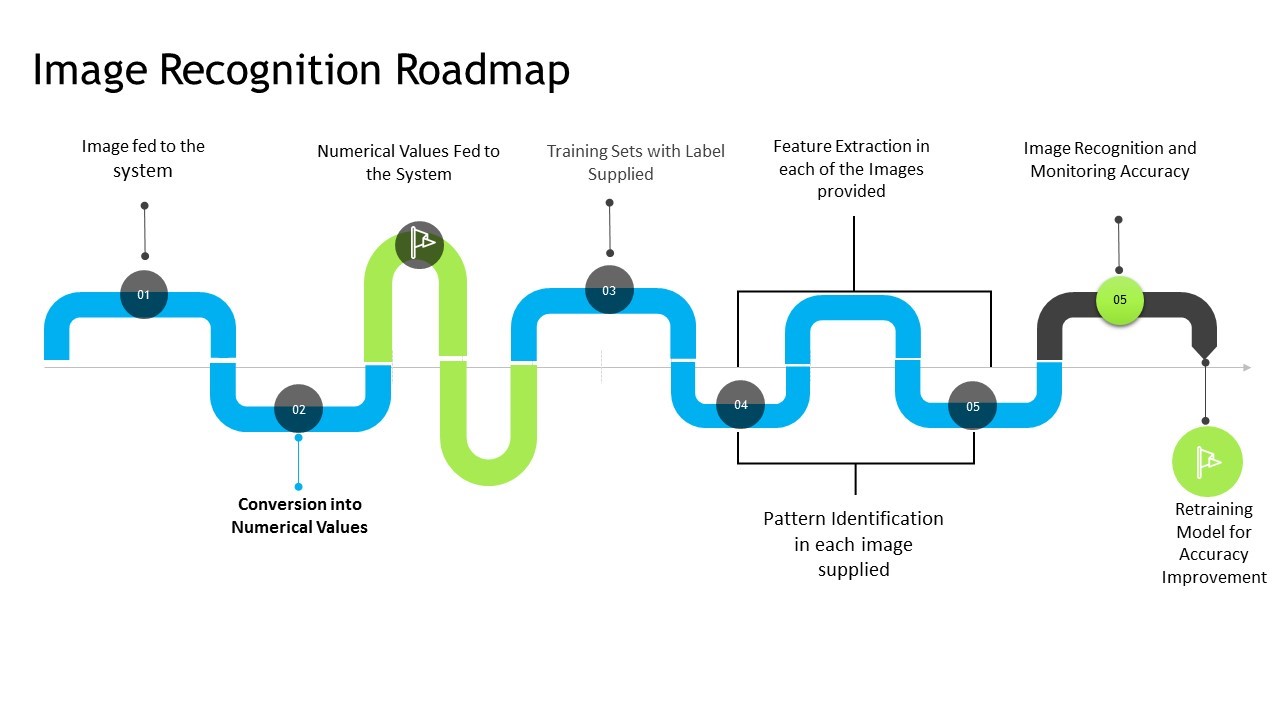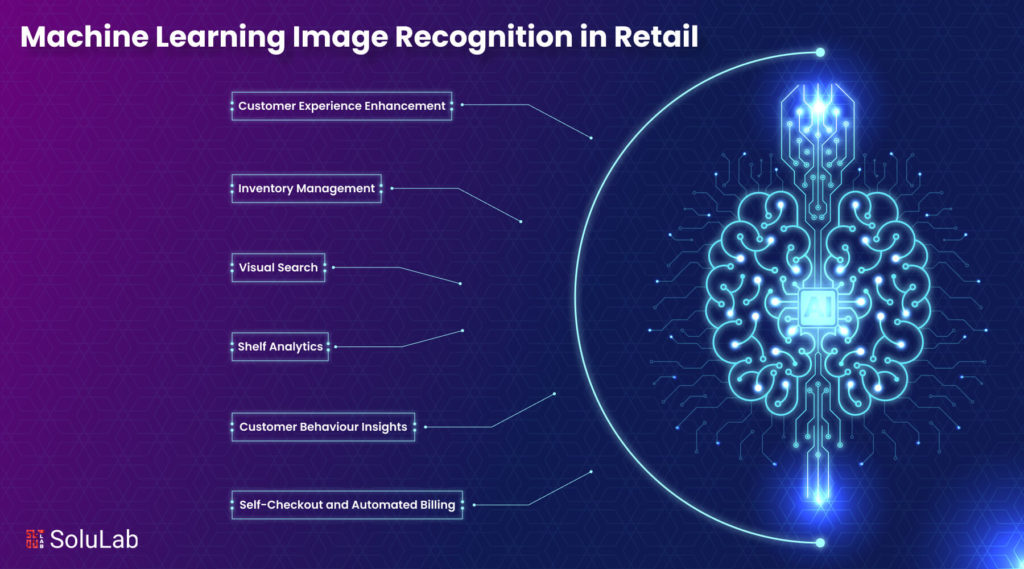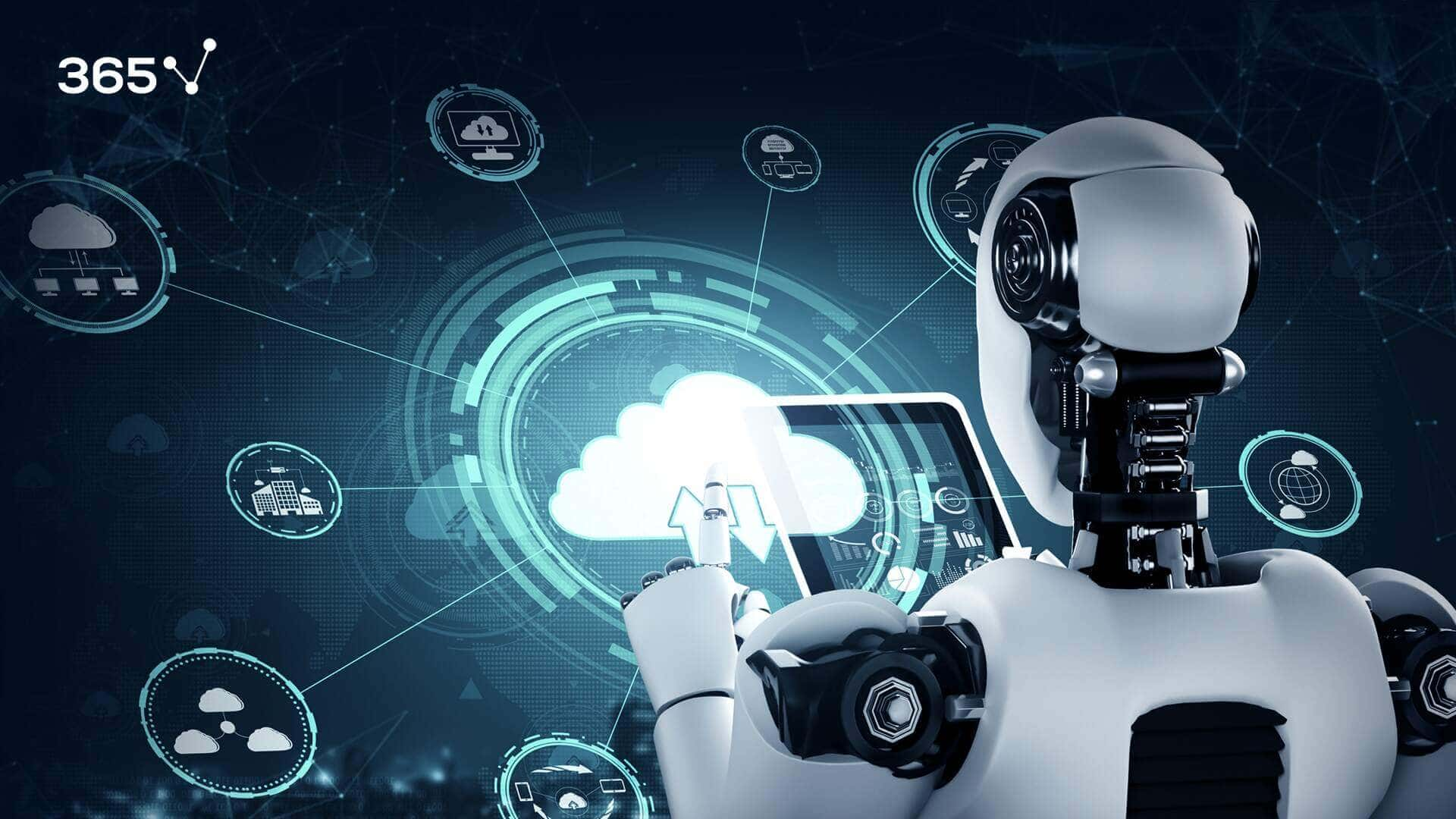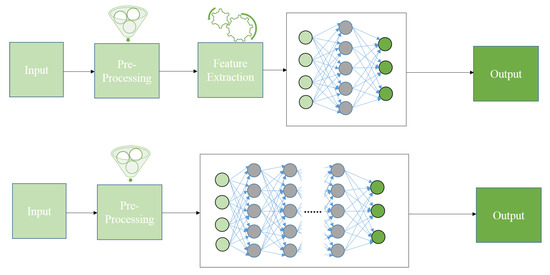
Introduction
Overview of Machine Learning
Machine Learning, a vibrant subset of artificial intelligence, empowers computers to learn from data and make predictions or decisions without human intervention. Imagine teaching a child to recognize animals by showing them various pictures; that’s similar to how Machine Learning operates. It utilizes algorithms and statistical models to analyze patterns and improve itself over time.
Importance of Image Recognition
Among its myriad applications, Image Recognition stands out as a transformative force in technology. Here’s why it’s crucial:
- Automation: Speeds up tasks like sorting images or identifying objects.
- Enhanced User Experience: Powers smart assistants and filters in social media platforms.
- Diverse Applications: From healthcare diagnostics to autonomous vehicles, the possibilities are endless.
As we delve into this fascinating domain in TECHFACK, it becomes evident how integral it has become across various industries.

Fundamentals of Image Recognition
Image Preprocessing Techniques
Once we understand Machine Learning for Image Recognition, the next step is preparing the images for analysis. Image Preprocessing Techniques are crucial to enhance the quality and usefulness of input data. Think of it as tidying up a messy room before guests arrive. Key techniques include:
- Normalization: Scaling pixel values to a standard range.
- Noise Reduction: Removing unwanted distortions using filters.
- Resizing: Adjusting image dimensions for uniformity across datasets.
Feature Extraction Methods
After preprocessing, the next step is Feature Extraction. This process involves identifying distinctive characteristics of images that help models understand them better. It’s akin to highlighting key elements in a book summary. Common methods include:
- Edge Detection: Finding boundaries within images.
- Histogram of Oriented Gradients (HOG): Capturing object shapes and appearances.
Through these fundamental techniques, we lay a solid foundation for effective Machine Learning implementations in image recognition.

Machine Learning Models for Image Recognition
Convolutional Neural Networks (CNN)
Building on our understanding of image fundamentals, we dive into the powerful realm of Machine Learning models, particularly Convolutional Neural Networks (CNN). Just like how humans identify objects, CNN mimics this cognitive process through its unique architecture. They excel in recognizing visual patterns by employing:
- Convolutional Layers: Detecting features like edges or textures.
- Pooling Layers: Simplifying data while preserving important information.
Deep Learning Architectures
Another significant player in image recognition is Deep Learning Architecture. By stacking multiple layers, these models can capture complex patterns, making them incredibly effective. For instance, ResNet and VGGNet are renowned architectures that demonstrate impressive accuracy in classification tasks.
Pairing CNN with these architectures, image recognition takes a leap, empowering applications from facial recognition to medical imaging in innovative ways.
Training and Fine-Tuning Models
Data Augmentation
Now that we have our models set up, the next crucial step is Training and Fine-Tuning. One effective strategy in this process is Data Augmentation. Picture this: you have a small collection of photos, but you want your model to recognize various scenarios. By applying transformations, we can artificially expand our dataset! Key techniques include:
- Rotation: Turning images to capture different angles.
- Flipping: Creating mirror images to enhance variability.
- Zoom: Focusing on specific image areas.
Transfer Learning Techniques
Another powerful approach is Transfer Learning, which leverages pre-trained models for new tasks. It’s like using your existing skills in a new job. By fine-tuning a model trained on a large dataset, you save time and resources. This technique is particularly beneficial when data is limited. By combining Data Augmentation with Transfer Learning, we can significantly enhance the efficiency and accuracy of our image recognition models, paving the way for remarkable advancements in the field.

Evaluation Metrics for Image Recognition
Accuracy, Precision, Recall
With our models trained and fine-tuned, it’s essential to assess their effectiveness using Evaluation Metrics for Image Recognition. Among the most commonly used metrics are Accuracy, Precision, and Recall. Think of these as report cards for your model’s performance:
- Accuracy: The overall correctness of predictions (correct results divided by total results).
- Precision: Focuses on the quality of positive predictions (true positives divided by total predicted positives).
- Recall: Measures the model’s ability to identify all relevant instances (true positives divided by total actual positives).
Confusion Matrix Analysis
To get an even deeper understanding, we can analyze a Confusion Matrix. This handy tool provides a clear visual representation of how many predictions were correct and incorrect. It showcases:
- True Positives (TP)
- True Negatives (TN)
- False Positives (FP)
- False Negatives (FN)
By evaluating these metrics, we can identify areas for improvement and ensure our image recognition models excel in real-world applications.

Tools and Frameworks for Image Recognition
TensorFlow
As we shift our focus to the practical side of Machine Learning for Image Recognition, it’s crucial to explore the right Tools and Frameworks that empower developers. TensorFlow is a heavyweight in this arena. Developed by Google, it offers a robust ecosystem for building and deploying models. Its flexibility makes it suitable for both beginners and experts, enabling anyone to create sophisticated models using:
- High-level APIs for quick prototyping
- Extensive documentation for support
- Strong community engagement for shared learning
PyTorch
Another fantastic framework is PyTorch. Designed with a focus on flexibility and usability, it’s particularly favored by researchers and developers. PyTorch allows dynamic computation, which can simplify the debugging process. Some of its highlights include:
- Intuitive syntax that’s easy to grasp
- A rich set of pre-trained models for rapid implementation
- Strong support for GPU acceleration
OpenCV
Lastly, there’s OpenCV (Open Source Computer Vision Library), an invaluable tool primarily for image processing tasks. OpenCV provides a comprehensive set of functions designed for real-time computer vision applications. Its key features include:
- Image manipulation and filtering
- Object detection capabilities
- Seamless integration with both TensorFlow and PyTorch
With these powerful tools in hand, developers can effectively tackle the challenges of image recognition, driving innovation in various applications.

Case Studies and Applications
Image Classification
As we explore real-world applications of Machine Learning for Image Recognition, Image Classification stands out prominently. It involves categorizing images into predefined classes. For example, a model might identify and classify thousands of animal species based on their photos, significantly aiding biodiversity research.
Object Detection
Next up is Object Detection, which goes a step further by not only classifying images but also locating objects within them. Imagine self-driving cars, which rely on precise object detection to navigate safely. They can identify pedestrians, traffic signs, and obstacles, translating real-time data into informed decisions.
Facial Recognition
Finally, we have Facial Recognition, a field experiencing rapid growth. From tagging friends in social media photos to enhancing security systems at airports, this technology revolutionizes the way we interact with our surroundings. Consider how your smartphone unlocks with just a glance, showcasing the potential of these innovative capabilities in everyday life.
These applications exemplify the transformative power of image recognition, showcasing its vital role across industries.

Challenges and Future Trends
Overfitting and Generalization
While the applications of Machine Learning for Image Recognition are impressive, challenges like Overfitting and Generalization still pose significant hurdles. Overfitting occurs when a model learns the training data too well, capturing noise rather than the underlying patterns. Picture a student memorizing answers for a test without truly understanding the material; they may perform poorly on new questions. Strategies like cross-validation and regularization can mitigate overfitting, ensuring models generalize effectively to unseen data.
Interpretability in Deep Learning
Another challenge lies in Interpretability in Deep Learning. As models become more complex, understanding their decision-making processes becomes trickier. It’s similar to a black box where you trust the output but are left wondering how the decision was made. Developing methods to explain model predictions not only builds trust but is essential for critical applications, such as healthcare. By addressing these challenges, the field can unleash even greater potential in the future, ensuring robust and reliable technologies.

Conclusion and Recommendations
Summary of Techniques and Tools
As we wrap up our exploration of Machine Learning for Image Recognition, it’s crucial to recap some valuable Techniques and Tools. From using Convolutional Neural Networks (CNN) for model building to leveraging frameworks like TensorFlow, PyTorch, and OpenCV, the resources available empower developers to create effective solutions. Additionally, employing techniques such as Data Augmentation and Transfer Learning can enhance model performance, ensuring robust results across various applications.
Best Practices for Image Recognition
To get the best outcomes, follow these Best Practices for Image Recognition:
- Always preprocess images for consistency.
- Monitor your models to avoid overfitting.
- Use a mix of evaluation metrics to gain insights.
By adhering to these guidelines, you can harness the full potential of image recognition technology in exciting and innovative ways, paving the path for future advancements in the field.

